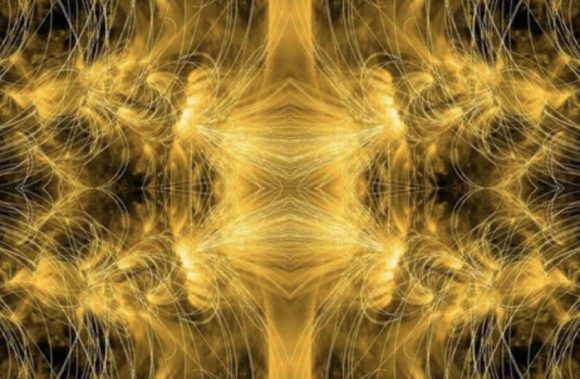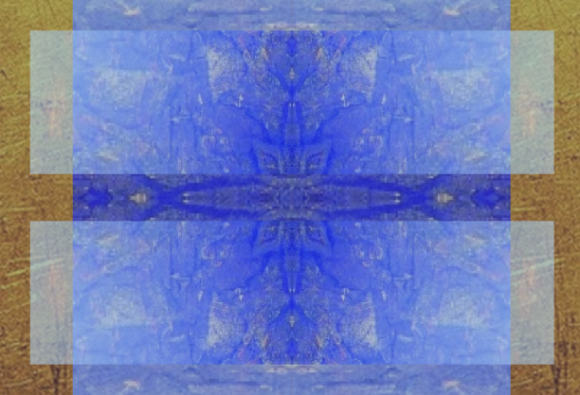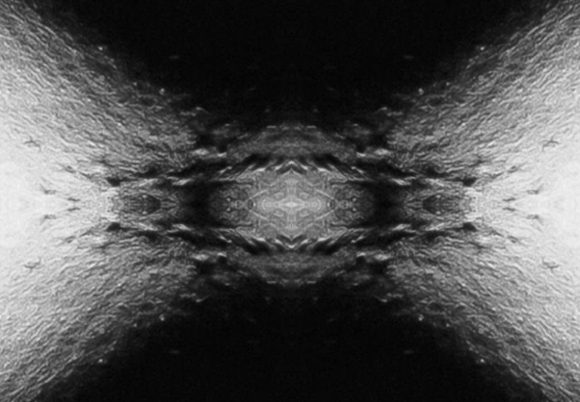1. Let’s say we understand the collective unconscious as a set of patterns, called archetypes, of psychological processes. (Processes, not states.) A subject’s psychology may, in a given situation, start to conform to such a pattern. This, I take it, is what is expressed by phrases such as “the archetype is triggered” or, using a term which Jung is particularly fond of, “the archetype is constellated”.
(‘Constellation’ means literally a pattern of stars appearing together in the sky, and is a term used both in astronomy and astrology; Jung was stubbornly fond of the latter, and that may be a motive for his frequent use of the term. In any case, when we talk about psychological patterns, that use of ‘constellation’ must be figurative, and we should keep that in mind.)

Situations in which an archetype is triggered (‘constellated’) are of particular interest for understanding the synchronicities essay, for in this kind of situation, according to Jung, the synchronistic phenomena begin to appear.
2. The two passages I already quoted (GW IX/I, §144 and GW IX/II, §259) indicate that particular archetypes may be ‘constellated’ in a given individual subject (a person), and this must mean that in different subjects, different subsets of the collective unconscious (the full set of archetypes) are shaping their respective psychologies. For instance, in a given person, the “anima” archetype was said to be strongly ‘constellated’, which implies that there may be other persons where the anima is less strongly ‘constellated’.
Now this claim allows two different interpretations. One would be that whether — and how strongly — an archetype is constellated in a given subject is a stable personality trait, and does not change over the life of that person. The other interpretation would have it that it can and does change over the life of the person, and thus whether — and how strongly — a given archetype is constellated would depend on the situations through which that person lives.
What Jung says implies the latter interpretation, for instance in this passage (from the synchronicities essay): he talks about “a situation in which insight and willed decisions run against the unsurmountable barrier of an opposing and adverse unconscious. This relative defeat of the powers of consciousness usually constellates the moderating archetype” (GW VIII §895; my emphasis).
So at least some archetypes become constellated, namely in situations where they function as moderators in a conflict between conscious will and unconscious counterforces.
Of course, we can imagine that only some of the archetypes become activated situationally in this way, whereas others constitute stable traits that may be constellated over the subject’s lifetime. (The notion of an archetype is so abstract that it can easily accommodate both sorts.) But for the question at hand it is enough to note that, according to Jung, whether an archetype is constellated is sometimes a feature of situations. (Which, incidentally, also implies that it is subject to spatial and temporal location, i.e. it happens in the world of space and time, as in contrast to the Platonic realm to which the archetypes themselves belong.)
To add plausibility to this line of thought, remember that the archetypes are modeled somewhat on the biological notion of an instinct. Instincts are also typically triggered by a particular kind of situation, and some instincts may never be activated in an individual animal (e.g. an animal who lives in captivity and in fact never encounters the relevant type of situation).
When, in the course of a life, something happens which conforms to an archetype, the latter is activated and a compulsion occurs which, like an instinctive reaction, prevails over reason and will […]
Wenn sich im Leben etwas ereignet, was einem Archetypus entspricht, wird dieser aktiviert, und es tritt eine Zwanghaftigkeit auf, die, wie eine Instinktreaktion, sich wider Vernunft and Willen durchsetzt […]
GW IX/I, §99.
3. This tells us something about the way the archetypal pattern plays out in a subject’s psychology. The psychological processes will follow a pattern, and thus become predictable (to some degree, and in some respects). And since other people, in the subject’s environment, are part of the same species (and thus share in the identical collective unconsciousness) and happen to be in the same situation, they may resonate with that psychology, patterned as it is. The archetype may not be ‘constellated’ in everyone around the subject to the same degree, but at least they are aware of it (mostly unconsciously), and that allows them some predictive insight (again, unconsciously). In extreme cases, whole groups may fall into the same pattern, and we’re in the area of mass-psychological phenomena.
Still, all of this is rather vague, and it still helps us not a bit to understand how synchronistic phenomena are supposed to come in and make space and time relative, according to Jung. So perhaps there is something else in the relationship between the (timeless) archetypal patterns and their concrete instances in a subject’s psychology in a particular situation (and thus, located in space and time).
(The line of thought in this post started as an attempt to understand a footnote of Jung’s in the synchronicities essay, where he referred to another work and claimed that “psychological space and time are relative” in archetypal situations. It has continued through here and here.)




[…] says that synchronistic phenomena appear when an archetype of the collective unconscious is triggered (or ‘constellated’). He also points out, interestingly, that this usually goes along with […]
[…] a person finds themselves in circumstances that fit an archetypal pattern, the archetype is ‘activated’. That is to say, the person’s behavior begins to conform (unconsciously) to what is the typical […]
[…] (and storage), since it must comprise at least a representation of the problem situation which triggers the whole thing, the solution (adaptation strategy) for the problem, and a helpful […]
[…] In my attempts to understand Jung’s views on synchronicities in depth, I have now for some time followed up a hint that he repeatedly gives off: namely, that synchronicities are more likely to appear when an archetype is triggered (or “constellated”). […]
[…] commonality is that in both essays, what triggers the sense of a “hidden meaning” (i.e. what triggers or “constellates” the archetype) is a certain kind of […]
[…] that person in the Jungian sense, i.e. covering both personal psychology and archetypal situation, ‘constellated’ dominants of the collective unconscious. To be caught in a pattern such as the one I have called a […]
[…] the circumstances in which that human being happens to find themselves. If circumstances happen to trigger an archetype, such as the Shadow, and do so frequently, then the Shadow aspects are what personality that person […]